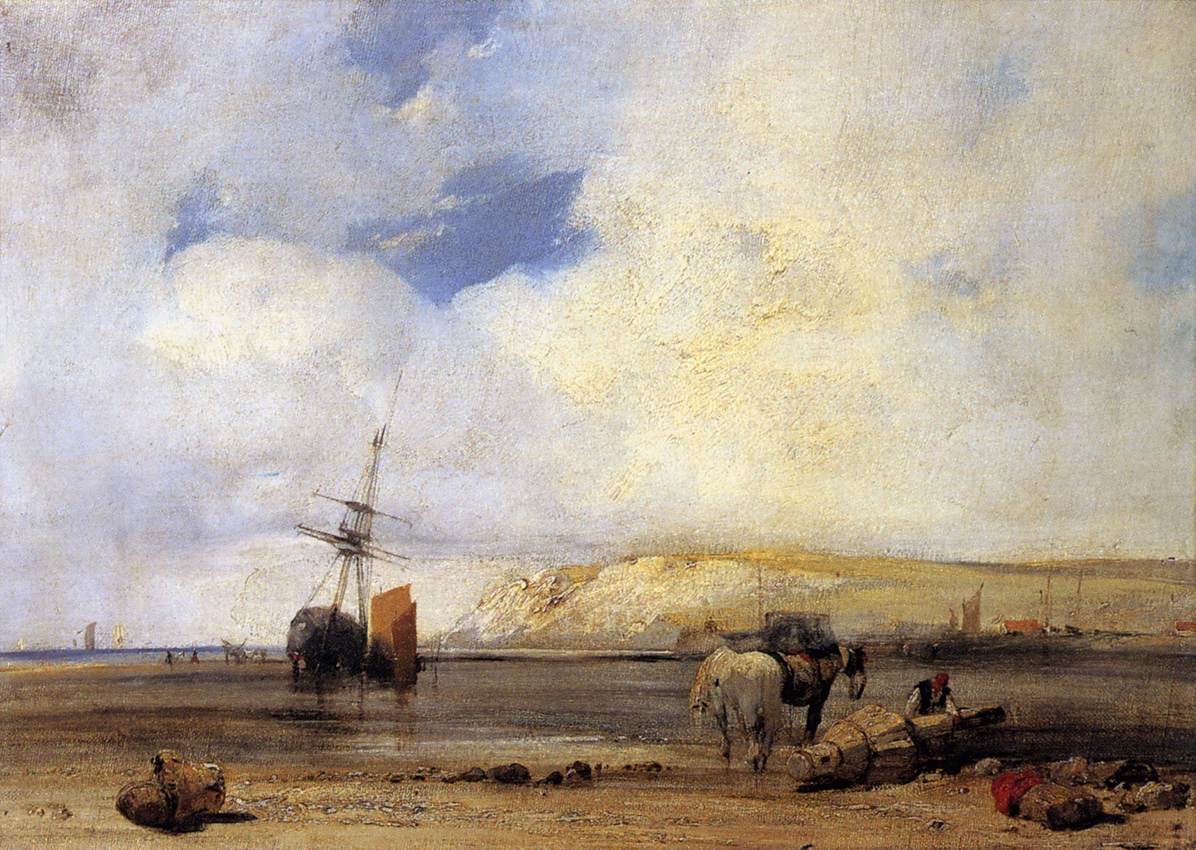This came to my attention when reading a story from the Raleigh News and Observer about massive hog and poultry farms in North Carolina. The story linked to a database that included dairy farms, represented by purple dots. There aren't many of them. In fact, there are only 47,000 dairy cattle in the state. Half the fluid milk purchased in North Carolina must be imported. This surprised me because when we moved to Raleigh in 1986, dairies were still operating in Wake County — as well as Pine State Creamery, whose orange cartons you will remember if you flew Delta in the 1970s and 1980s. But all those farms were redeveloped as residential subdivisions, and Pine State went bankrupt in 1996.
Almost every southeastern state has a milk deficit. What's more shocking to me is the situation in Alabama. The Black Belt soils of central Alabama once hosted prodigious producers of dairy products such as Barber and Hall Brothers, with over 400,000 head in the 1950s. Today only 8,000 dairy cattle can be found in the state. Alabama has fallen to 45th in dairy production nationwide. What happened?
Hello, Holsteins, the black-and-white breed that supplanted the brown Jerseys and brown-and-white Guernseys. Holstein milk has less fat than the other breeds, and in the 1970s consumer demand changed to lower-fat products. More importantly, Holsteins produce more gallons per head per year than Jerseys or Guernseys. The gotcha: Holstein production falls off in hot climates. I guess I can't blame the cows for wanting to stay cool. Hot weather and competition drove dairy production out of the south. It's ironic, given that the south has taken much of the heavy manufacturing from the north.
Many of the surviving dairies in the south, such as Chapel Hill Creamery, have premium prices for their products and not enough output to satisfy the major grocers. East of the Mississippi, the major dairy states are New York (618,000 head), Pennsylvania (530,000), Michigan (408,000), and Ohio (267,000). The trend for locavores notwithstanding, it appears the dairy industry in the south as we knew it is gone for good.

